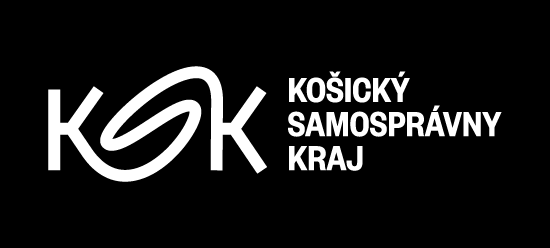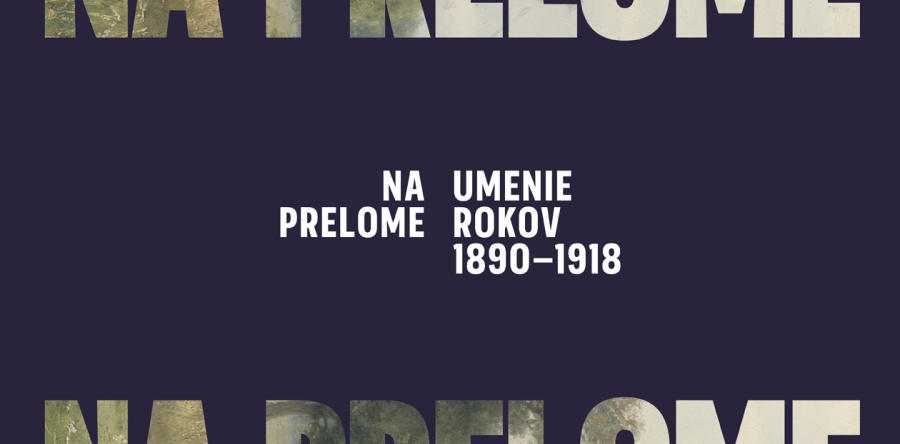opening: November 28, 2018, 6 p.m.
duration: November 29, 2018— May 26, 2019
East Slovak Gallery, Hlavná 27
curators: Miroslav Kleban, Ján Kovačič
The region of Central Slovakia, and its individual mythologisation of national history, constituted in the art of the turn of the century an important artistic revolt. This revolution was initiated by the realistic ideas of Coubert and by impressionistic tendencies, which gradually evolved into the early avant-garde elements of the incoming Central European modernism. During the epoch of great change at the turn of the 19th and 20th centuries, new artistic tendencies arose in tranquil art colonies on the peripheries, as well as in bustling cities. Cities became the centres of bohemian and cosmopolitan life which both mirrored and forebode new cultural and societal changes. Many of the artists from the urban environment of Košice became attracted to the European metropolises of Budapest, Prague and Munich, which started to challenge Vienna’s long-held position as the leading cultural and artistic centre. The ethnical and cultural identity of the provincial city of Košice was for centuries shaped by the dynamic structural changes and chaotic conditions of the Central European environment.
The presented visual content features various types of art, including painting, drawing, graphics, posters and sculptures, to present the viewer with a visual commentary on the cultural characteristics of Košice. The position of this city as a regional centre was contraposed or paralleled by the contemporary tendencies originating in the Danubian Monarchy. The collection of artworks dominated by painting, drawing and graphics represents a reflection of the period, which deviated from academism and adopted new ways of looking at artistic motifs. Artists of the period opposed the traditional understanding of a subject and replaced the environment of art studios with plein air scenery. This democratic move inspired the establishment of artistic colonies (Nagybánya, Szolnok, Kecskemét, Detva) which explored the possibilities of plein air painting and triggered the conception of a new perception of external reality, as well as a re-evaluation of academism. These ideas were embodied in a modified version of impressionism, called luminism, which was based on the luminosity of painting.
The presented exhibition project is primarily composed of artworks from the collection of the East Slovak Gallery. Several other artworks were borrowed from other galleries in Slovakia and abroad, as they complement the mapping of the period before the establishment of the First Czechoslovak Republic, whose 100-year anniversary will be commemorated in 2018. The exhibition project At the Turn does not deal with the cultural and social conditions after the establishment of the Republic. Instead, it traces the sources of artistic tendencies and styles which, after the decline of the Monarchy, created the basis for the origination of local modernism. This art-historical study of the relatively short period of varied artistic production, historical context and social conditions employs a collection of artworks in order to illustrate the urban lifestyle at the turn of the century. The contrastive period of 1890 – 1918 has often been overshadowed by the incoming era of Košice modernism and the art of the interwar period, whose striking formal and iconographic elements were based on the traditions of impressionism (Szinyei Merse), Art Nouveau (Kővári-Kačmarik) and socio-criticism (Mallý), which bore the turn of the century’s artistic, philosophical and spiritual thoughts. The imported influences of impressionism and luminism were in the work of several artists transformed into a specific Art Nouveau stylization, which often drew inspiration from the natural world. Art Nouveau was the last international style which affected all types of art.
Even though it played an important role in the origination of modernism in Eastern Slovakia, it was often dominated by the more conservative styles of historicism and eclecticism. The main specificity of the region of Central Europe was to be found in its approach to landscape painting, which featured luminist (Halász-Hradil), symbolic or meditative (Jaszusch), or atmospheric (Mednyánszky) character. The regional art of the turn of the century was characterised by the search for the so-called ‘national style’, which was embodied by the “alchemist of Slovak beauty”, Martin Benka. Some of the contemporary artistic tendencies were striving for
Slavic unity, whilst others were advocating the Hungarian tradition. The questions concerning national identity were transformed into an artistic testimony, which employed national symbolism and confronted the realism of fine art and literature. The search for the national and artistic identity of several artists of this period constitutes a theoretical problem of defining the modern Central European styles, which featured a specific synthesis of national consciousness and cosmopolitan thinking, which was confronted by the societal changes occurring after 1918. The selection of artworks emphasizes the local context of the city of Košice and its surroundings; however, due to the complexity and plurality of the period, many other issues were addressed by the borrowing of artworks of artists from other regions which broaden the topic onto the general condition of the society. The concept of the exhibition also explores the organisation of cultural life and exhibitions in the region of today’s Eastern Slovakia, which was often provided by well-established fine artists. The turn of the century also bore witness to the establishment of modern exhibition practices, which were primarily connected with the activities of cultural centres and Rákóczi’s Museum in Upper Hungary, which aimed to create official programmes for artistic education. These activities were part of the movement for the enhancement of the cultural awareness of the nation, while also refining the taste of the bourgeois and approximating the regional development to the contemporary European trends.
A part of the exhibition project is an accompanying catalogue with a rich selection of reproduced artworks and period photographs of the city of Košice. The content of the catalogue is composed of curatorial texts, as well as texts written by various authors, which aim to elucidate the historic, architectural and general cultural conditions of the period. Through a comparative approach, the study tries to address the cultural and architectural development of the main centres of the Monarchy and apply it to the local environment of Košice. One interesting chapter discusses the reconstruction of the Dome of Košice, which at the turn of the century represented one of the most important symbols of the city’s rich medieval tradition.
The exhibition is held under the auspices of President of the Košice Self-Governing Region, Mr. Rastislav Trnka.



